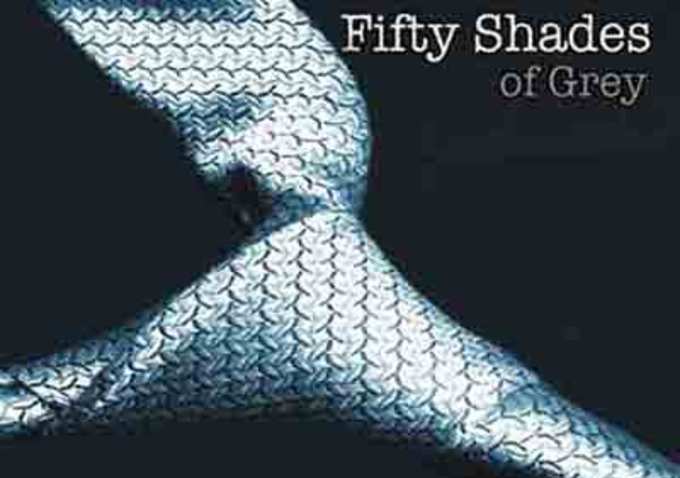I have to admit to being fascinated of late by the 50 Shades trilogy that is dominating the airwaves and the book best-seller lists. No, I’m not referring to the many ‘good bits’ liberally interspersed throughout the otherwise apparently moderately written pages (I say apparently because I have to admit to not having read any of them either) but instead by its unprecedented levels of sales which is increasingly being attributed to good marketing. But not for the first time, it also shows us just how wrong we get it when we think we understand what marketing really is.

First, let’s look first at the business context in which this book has become a runaway commercial success. The book industry has become immensely competitive. Barriers to entry are relatively low so the number of offerings in any genre has exploded in recent times. At the same time, prices are being forced down by online book sellers with lower costs and particularly by the entry of e-books into the mix. Margins and sales levels have been depressed accordingly. So into this intensely competitive environment comes the fastest selling book of all time just when we thought the likes of the carefully managed Harry Potter series would never be seen again.
In a bid to explain this, commentators generally talk about the book’s viral marketing. 50 Shades was first released as an e-book and print-on-demand paperback in May 2011 by The Writer’s Coffee Shop, a virtual publisher based in Australia. With a limited promotional budget, the publisher relied heavily on book blogs for early publicity. As word spread more stories appeared in the print, electronic and social media and by April 2012, the book had tipped into the mainstream and sales were going through the roof. But a big question remains – if all this is down to the good management of publicity then why doesn’t it happen much more frequently?
The reason is that there is a second and deeper level of marketing going on that is being completely missed. To understand this you need to separate the communications about something from the motivation to buy it. The important point is why have consumers gone out and purchased the book when they become aware of it. The core market segment for the 50 Shades trilogy is apparently middle-aged women. So while there have been many erotic books in the past, this one appears to be the first to really appeal to this group. Like many successful marketers before her, E.L. Lewis either had an intuitive good sense of what this market was looking for or she just got lucky. Either way, it demonstrates again that great marketing is much more about being able to read the marketplace than about being able to manipulate whatever fashionable communications techniques are available at any given point in time.